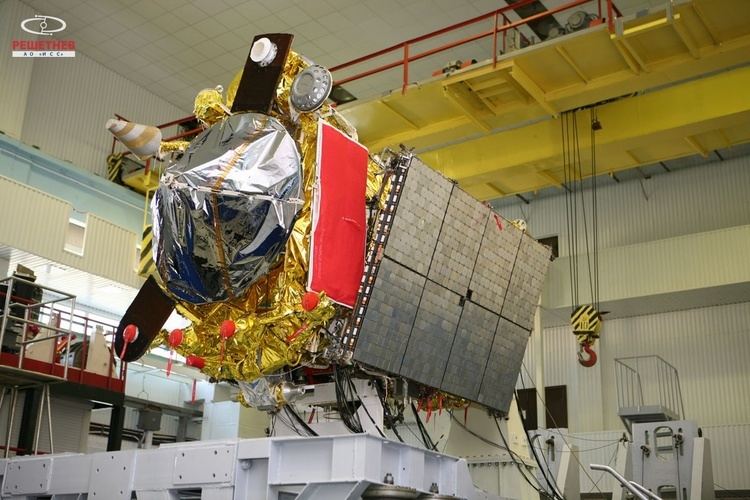COSPAR ID 2011-005A Mission duration Launch failure Inclination 99.4° Period 1.6 hours Last contact 1 March 2011 | Operator VKS SATCAT no. 37362 Spacecraft type Geo-IK-2 Inclination 99.4° Launch date 1 February 2011 | |
 | ||
Similar Ekspress AM4, Progress M‑12M, Rokot, Luch 5A, PSSC‑2 | ||
Kosmos 2470 (Russian: Космос 2470 meaning Cosmos 2470), also known as Geo-IK-2 No.11, is a Russian geodesy satellite which was launched in 2011. The first Geo-IK-2 satellite, it was intended to be used to create a three-dimensional map of the Earth's surface, and to monitor plate tectonics. The satellite was produced by ISS Reshetnev, and has a mass of around 1,400 kilograms (3,100 lb). It was intended to operate in a circular orbit at an altitude of around 1,000 kilometres (620 mi) above the Earth's surface; however, it was placed into a lower than planned orbit after its launch failed.
Geo-IK-2 No.11 was launched by a Rokot rocket with a Briz-KM upper stage. The launch took place from Site 133/3 at the Plesetsk Cosmodrome, at 14:00 UTC on 1 February 2011. The Rokot performed as expected, and the Briz-KM made the first of two burns to place the satellite into its operational orbit. When the second burn was scheduled to begin, the Briz-KM failed to reignite, leaving the spacecraft in its transfer orbit. Controllers were unable to make contact with the satellite after launch as had been expected, although a day after launch they were able to establish communications with it. Before its orbit decayed from low Earth orbit, it flew a perigee of 368.8 kilometres (229.2 mi) and an apogee of 1,021.1 kilometres (634.5 mi), inclined at 99.4 degrees.
On 24 February 2011, Deputy Defence Minister Vladimir Popovkin announced that the satellite would be unable to fulfill its mission and thus would not be used by Russian defence forces. He added that it might still be possible to use the satellite for "checking control systems". On 1 March the satellite's orientation systems malfunctioned, and the spacecraft moved out of alignment with the Sun, resulting in its solar panels being unable to generate electricity. The spacecraft subsequently began to tumble. Engineers believed that it was unlikely that control would be re-established.
It re-entered Earth's atmosphere on July 15, 2013.
